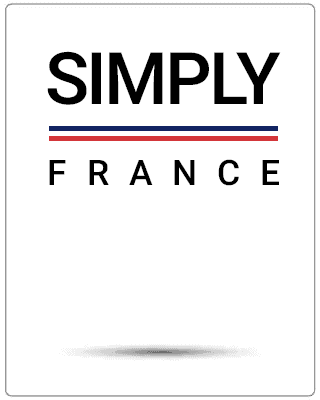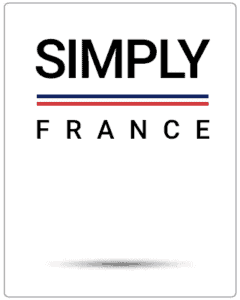The French Flag is a powerful symbol of national identity, unity, and freedom. Known as the Tricolore, it consists of three vertical stripes – blue, white, and red. Has its roots in the 18th century when it emerged during the Revolution as a symbol of liberty, equality, and fraternity. Today, it continues to be revered as a powerful symbol but is also the subject of debate regarding its modern interpretations.
Welcome to our blog post on the fascinating history of the French flag! The tricolor flag is a powerful symbol in France, representing its long and tumultuous past. In this post, we will look at the definition of the flag, its origins, and how it has evolved over time under different regimes.
We’ll explore how the flag has served as a powerful symbol of unity during both World War I and II, and discuss some of the contemporary debates around its significance. Stay tuned to dive deep into this rich history!
Definition of the French Flag
The French Flag, known as the Tricolore, is a tri-color flag that consists of three vertical stripes – blue, white, and red. It has its roots in the 18th century and is regarded as a symbol of liberty and unity for France.
Originally adopted by the French Revolution in 1794, it was officially adopted by the Republic in 1848. Since then, it has become a powerful symbol that represents the French nation – both it’s past and present.
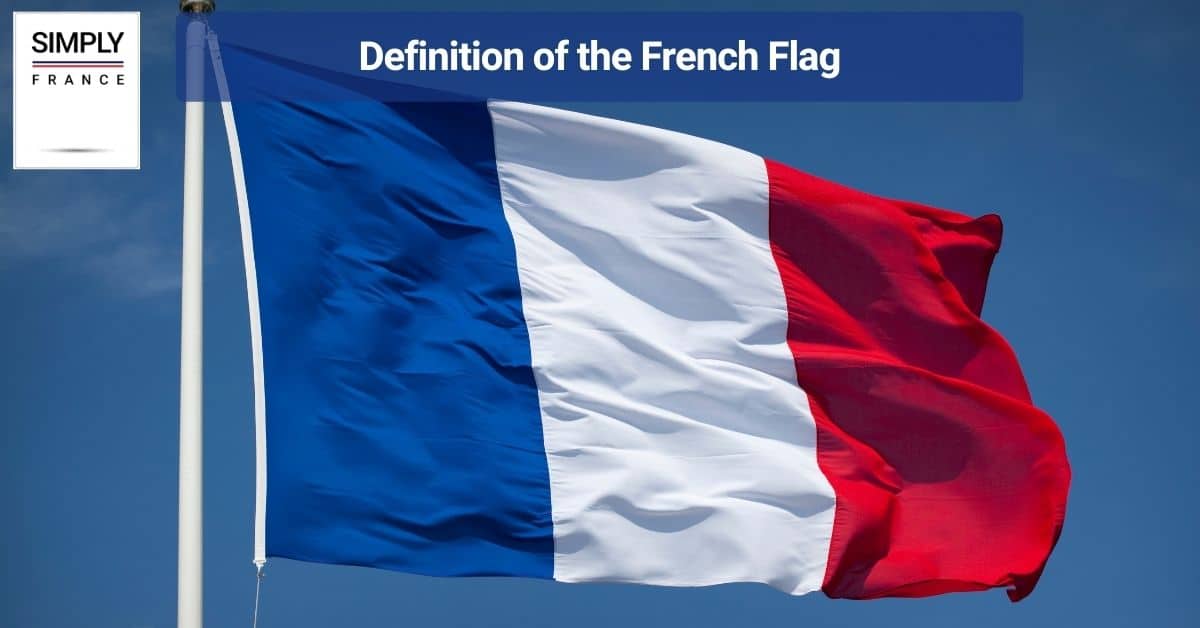
The Origins of the French Flag
The origins of the French Flag can be traced back to the 18th century. During this time, the country was in a state of upheaval as various political and ideological movements took hold.
One such movement, known as the Revolution, sought to bring about an end to the monarchy and create an egalitarian society. This period saw many different flags being used by revolutionaries including shades of blue, white, and red as symbols of freedom and independence.
It was not until 1794 that the tri-color flag became official law. That defined its colors – blue, white, and red – alongside their particular symbolism: liberty (blue), equality (white), and fraternity (red). This flag soon became a unifying symbol for all of France.
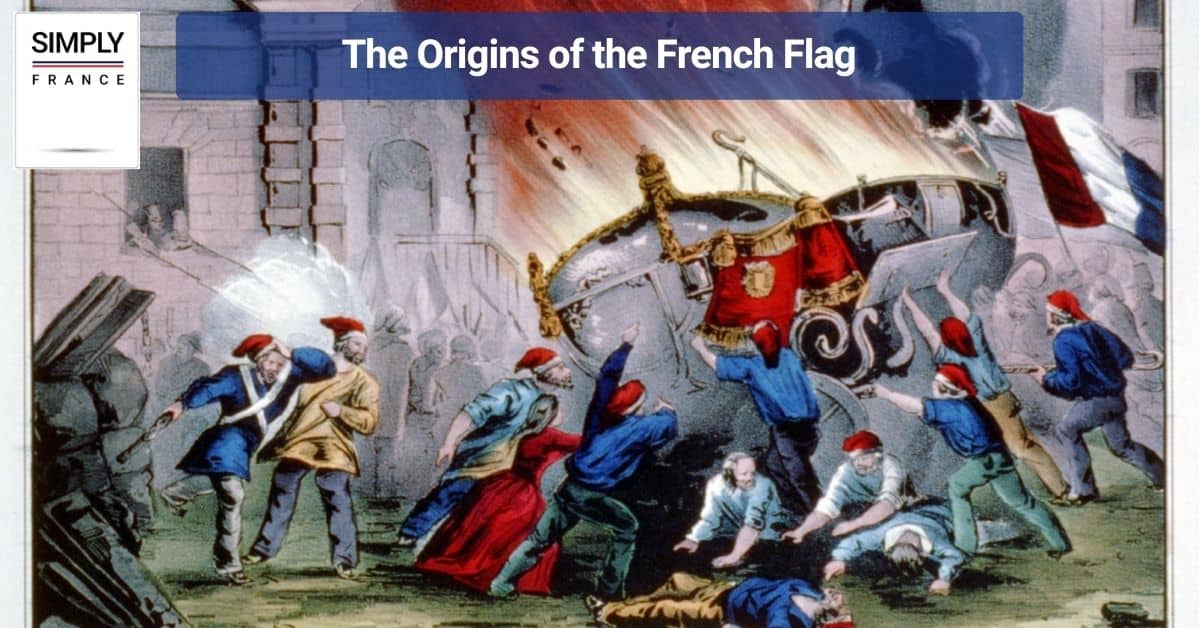
The Tricolor Flag During the French Revolution
The tricolor flag was an important symbol during the French Revolution. It represented the three key values of liberty, equality, and fraternity as adopted by the revolutionaries. It was also a symbol of national unity, representing people from across the former kingdom united in their fight for freedom and equality.
The tricolor first appeared during demonstrations in 1789 and gained further prominence during various popular uprisings throughout the following years. In 1794, it officially became the symbol of France when a law was passed establishing blue, white, and red as their official colors.
With particular symbolic meaning attached to each color representing liberty (blue), equality (white), and fraternity (red). Since then, the tricolor has served as an important part of French identity and patriotism.
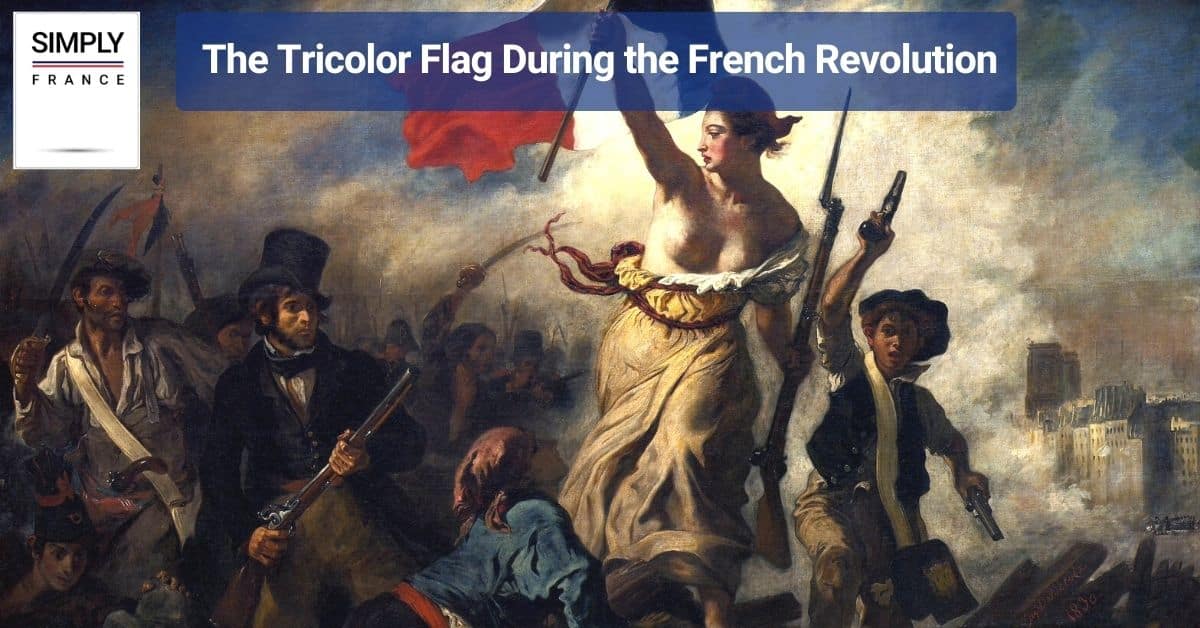
The Evolution of the French Flag Under Different Regimes
The French flag has gone through many changes throughout history as different regimes have risen and fallen. During the monarchy, the flag was mainly white with the royal coat of arms at its center.
This changed with the Revolution when a new tricolor flag representing liberty, equality, and fraternity first appeared during demonstrations in 1789.
The tricolor became a symbol of national unity and it officially became the symbol of France when a law was passed establishing blue, white, and red as its official colors.
In subsequent years, various regimes have sought to put their own mark on the flag by changing its colors or adding other designs to it including fleurs-de-lis, eagles, and stars. Regardless of these changes, the tricolor has always remained at the core of French identity and patriotism.
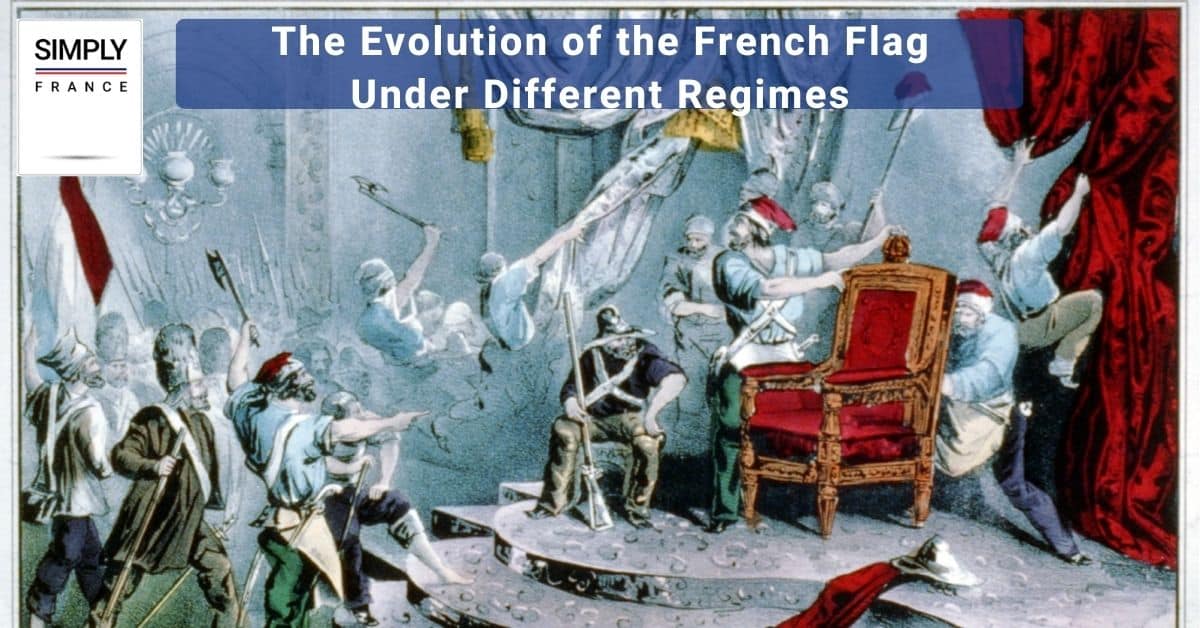
The Significance of the French Flag During World War I and II
The French flag held a special significance during both World War I and World War II. During the first World War, the tricolor was used as a rallying symbol with red, white, and blue being chosen to represent the nations of France, Britain, and Russia respectively (the other two members of the Allied Powers).
The French resistance would also use tricolor to distinguish themselves from German soldiers. In World War II, the French flag was seen as a symbol of hope, as people looked to it for strength during times of struggle and crisis.
Its colors have become symbols of freedom and democracy in many countries around the world. As such, it is an important reminder of those who lost their lives fighting for these ideals and values.
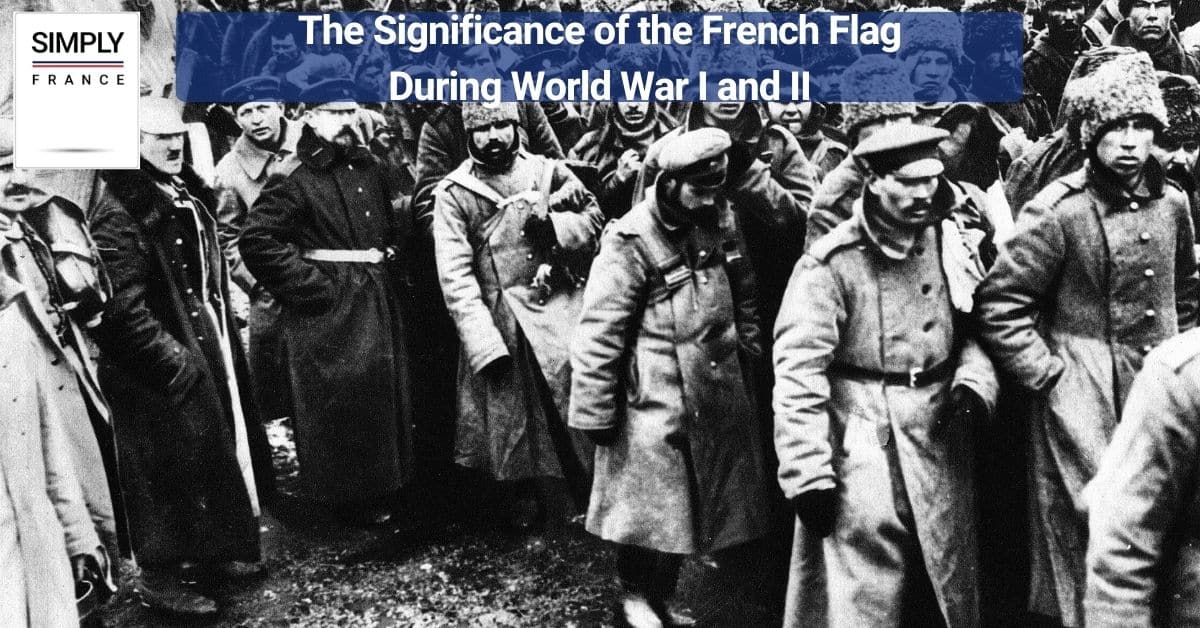
Contemporary Debates Around the French Flag
In contemporary times, there is much debate surrounding the French Flag. Generally, it continues to be revered as a powerful symbol of national identity, but some see it as outdated or as belonging to only one part of French society.
This is compounded by the fact that there are multiple flags used by different regions within France, something which has sparked discussion about whether regional identities should be more represented in the national flag.
Another point of contention is whether the tricolor should remain purely blue, white, and red or if new colors and designs should be added in an attempt to represent all parts of French society.
Regardless of these debates, the French Flag remains a powerful symbol and continues to evoke strong emotions among many people.

In conclusion
The French Flag holds a powerful place in the hearts and minds of many people around the world. It is a symbol of unity, freedom, and democracy that has been used throughout history to represent both past and present events.
The tricolor continues to be adapted today as different regimes have sought to put their own mark on it, but its colors have remained the same and will continue to evoke strong emotions among many people.
As such, it is a powerful symbol that will remain an important part of French identity for years to come.

